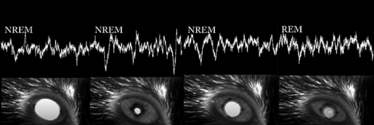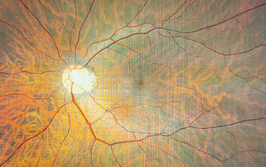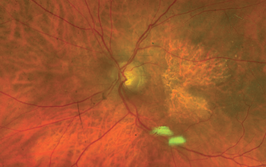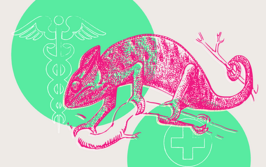It’s well understood that pupil size can be dictated by surrounding light conditions and attentional states during wakefulness, but how do pupils behave during sleep? A research group from the University of Geneva in Switzerland had recently observed that their laboratory mice often slept with their eyes open under certain conditions and decided to study how pupil dynamics evolve during sleep. They found that pupil size changed rhythmically when the mice were asleep (Figure 1), and corresponded with sleep states (NREM and REM) (1). Hypothesizing that pupil size varies during sleep to protect the eyes from light stimulus that might interrupt slumber, the authors plan to pursue their studies in humans. Corresponding author, Daniel Huber, tells us more…

Figure 1. Video stills displaying infrared back-illumination pupillometry (iBip) pupil tracking and corresponding electrocorticogram of a sleeping mouse during periods of NREM and REM. Credit: Özge Yüzgeç, Mario Prsa, Robert Zimmermann, Daniel Huber. NREM, non-rapid eye movement; REM, rapid eye movement.
How did you track pupil behavior?
For this study, we developed a novel optical pupil tracking system for mice in which an infrared LED was apposed to the head of the animal. The invisible light from this LED travels through the skull and brain, and finally illuminates the back of the eye. When the eyes were imaged with an infrared camera, the pupils appeared as bright circles. This novel illumination method was easy to implement, it tracked the pupil accurately and facilitated tracking even under conditions where the eyelid is partly closed.
Any surprising results?
We were stunned by the strong coupling between brain activity and pupil size. This correlation was found to be much greater than the one previously described during the awake state. We also expected this was a passive phenomenon due to the well-known decrease in sympathetic drive during sleep, but to our surprise, these fluctuations were uniquely mediated by active parasympathetic control. This near-monopoly of the parasympathetic pathway in NREM sleep might be unique to mice, given the difference in their physiology. In humans, the regulation might be a bit more complex. This will be part of future research.
What modifications will you need for future human studies?
We are thinking about adapting our current method by developing a novel pair of wearable pupil tracking googles which would determine the depth of sleep based on the pupil dynamics.
Do you predict the same results in humans?
Yes – humans and mice show very similar dynamics in general sleep patterns. However, there might be differences by which sleep is regulated in both species. We are currently talking to sleep laboratories and discussing how to study similar phenomena in humans. Patients sleeping naturally with their eyelids open (nocturnal lagophthalmos) might give us our first insights very soon.
- Ö Yüzgeç et al., “Pupil size coupling to cortical states protects the stability of deep sleep via sympathetic modulation”, Curr Biol, pii: S0960-9822(17)31682-2 (2018). PMID: 29358069.













